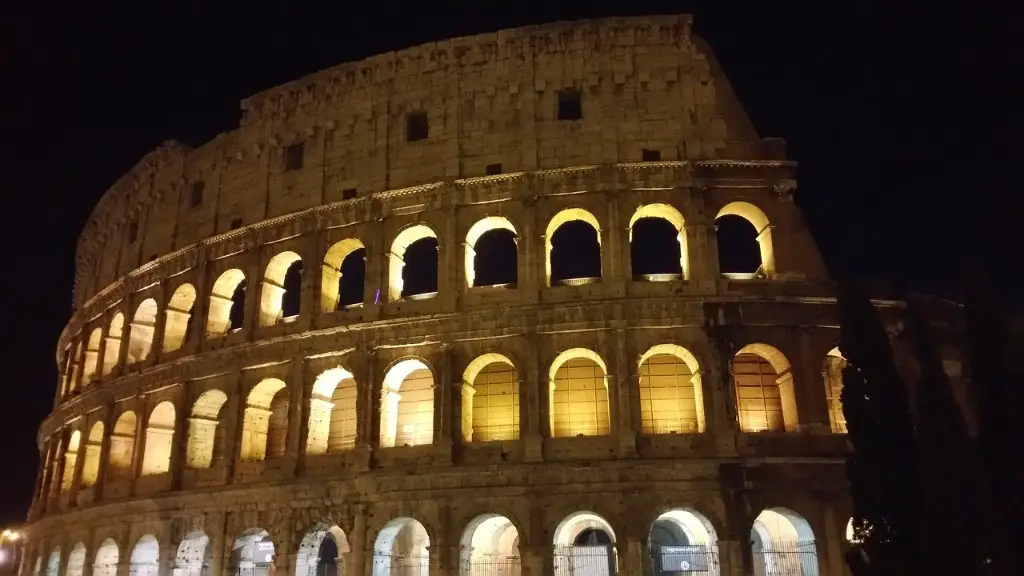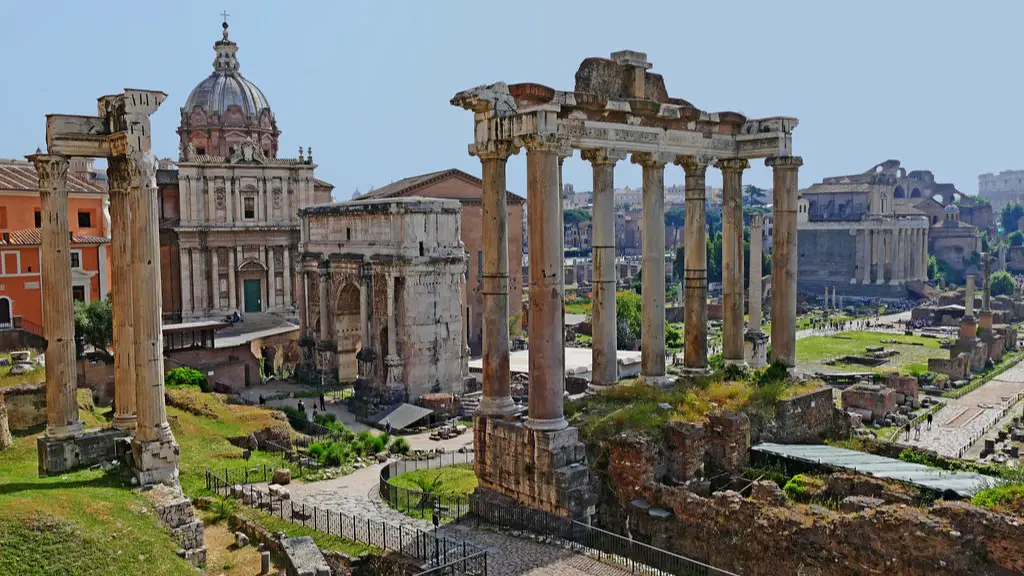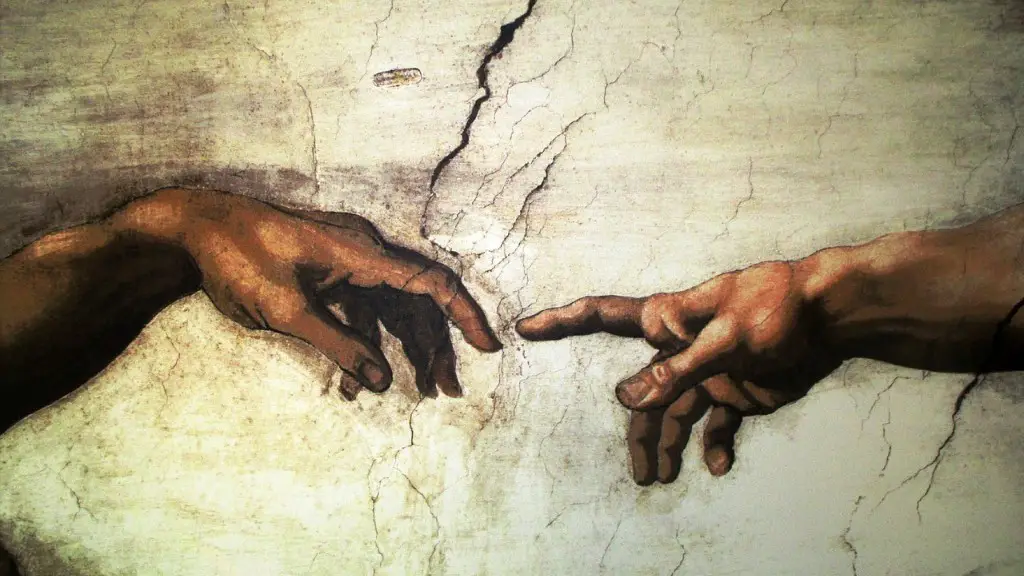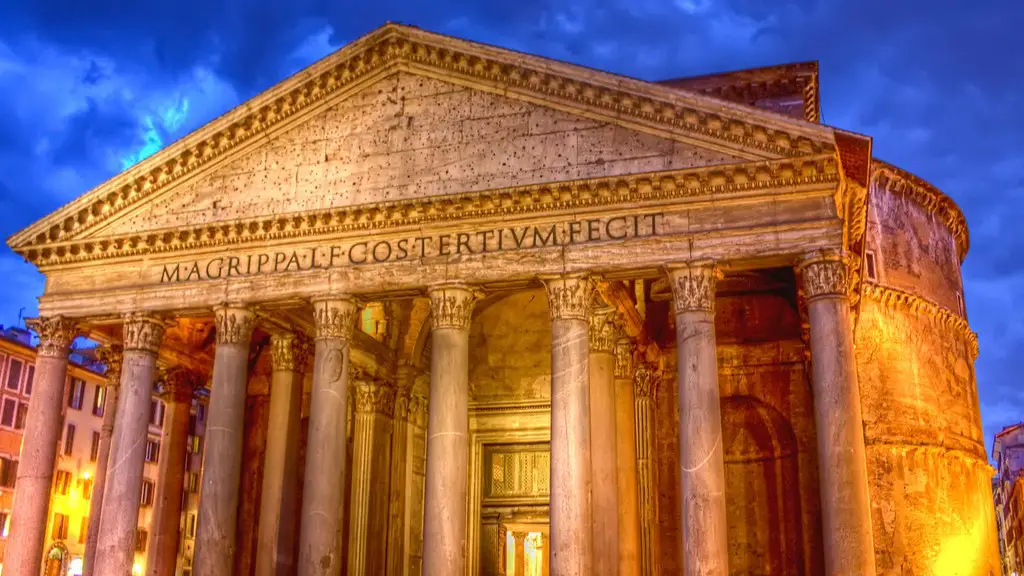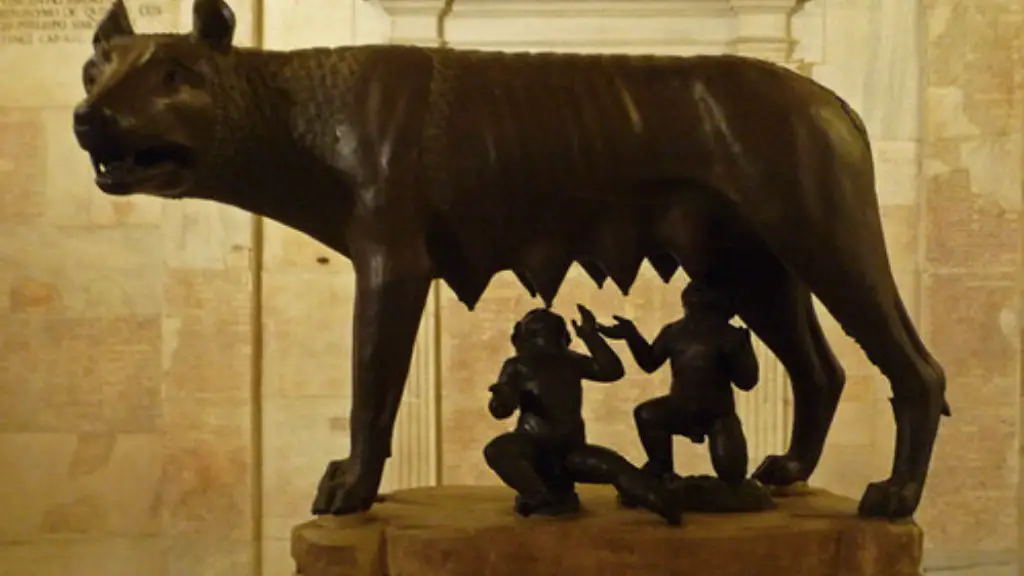A Look at the Common People of Ancient Rome
The common people of ancient Rome, known as the plebs, were at the bottom of the social ladder in Rome. Much of the history of the plebs is lost, but some indisputable facts remain. Through research, experts have pieced together glimpses into the lives of these forgotten people.
To the ancient Romans, the plebs were of less importance than the wealthy patrician class. According to Roman tradition, the plebs were born free, although they were likely to be workers and manual laborers due to the lack of education or training they were allowed to receive. The plebs could not attend school, practice law, or enter into politics.
However, the plebs were responsible for Rome’s economy and labor force. They worked as farmers and merchants, laborers and artisans. Many of them worked in what was known as the “subsistence sector”—the production of essential goods to meet basic needs. They also provided manual labor for the building of roads, temples, and other public works projects. This labor was often unpaid.
The plebs had limited rights, although they were granted some protections and privileges. They had the right to freedom of speech, the ability to choose their own marriage partners, and the right to own property. Furthermore, they were given a say in many matters, such as the nomination of consuls. Some plebs even served in military campaigns and participated in public religious ceremonies.
Despite this, the plebs were still mostly excluded from society. Women, in particular, were more vulnerable as they could not participate in the political process or join unions. Slavery was common among the plebs, and it was easy for a plebian to fall into debt.
The lives of the plebs were characterized by an immense amount of poverty and labor, and yet they still contributed greatly to the Roman Empire. It is thanks to their hard work that the Roman Empire was able to expand and remain a global leader for centuries. Without their contributions, we would not be able to appreciate the grandeur of this ancient civilization today.
Legal and Political System of Ancient Rome
The legal system of Ancient Rome was complex and the common people, the plebs, had few legal rights. The laws were designed to protect the wealthy aristocracy and their privileges and dominated the political, legal and social aspects of the Roman Empire. The government was divided into assemblies and the senate that made laws and decrees.
The Plebs’ rights were limited and their legal system prevented them from owning land and engaging in business. However, they had the right to plead their cases before the courts, and the Roman emperor held the ultimate power to decide their fate. It was the Emperor who held the power to determine whether punishment was meted out for a crime.
The Roman political system was divided between the patrician and the plebian class. The plebs could vote, but their votes counted for very little when it came to determining the decisions of the senate. The senators were chosen by the consul, who was elected by the people, but ultimately it was the emperor who had the authority to veto laws made by the senate or enact new ones at his own discretion. This political system was designed to favour the wealthy and protect their privileges.
The plebs were also excluded from holding any position of power in the Roman government, and it was mainly wealthy senators who filled important roles. This meant that the plebs were unable to exert any real power or influence in the political system.
The plebs were not given the same rights and privileges as the patrician, and often times their legal cases were ignored if it conflicted with patrician interests. Although the plebs had limited rights, they still greatly contributed to the political and legal system of ancient Rome with their labor and dedication.
Economic Dynamics in Ancient Rome
The economic dynamics of Ancient Rome were based on a complex network of inter-relationships between the various social classes. The plebians were at the bottom of this structure and were the primary contributors to the economy. They worked in a variety of roles in the primitive agricultural system, provided labor to build monumental buildings and roads, and served as a manual labor force.
At the same time, the patrician class dominated the major trade and commercial markets. They invested in large-scale production, imported and exported goods, and lent money to the less powerful. This allowed them to build a great deal of wealth and accumulate power. As a result, they were able to exert a strong degree of control over the economy.
Despite their lack of political and legal rights, the plebs played an important role in the economy. They provided the labor and the resources to produce food and goods for the wealthy, which allowed the Empire to grow and become one of the most powerful in the world. They provided manual labor for public works projects, such as the construction of the Colosseum, and this allowed for the growth of trade, commerce and culture.
The common people of Ancient Rome, the plebs, were essential to the growth of the Empire, despite their economic and social disadvantages. Their dedication and hard work, combined with the influence of the wealthy patrician class, allowed for the creation of a complex economic network that would form the foundation of one of the greatest empires in history.
Social Structure of Ancient Rome
The social structure of Ancient Rome was tightly controlled by the patrician class, who were the wealthy and powerful citizens of Rome. They were the only ones allowed to hold high political positions and gain access to education and religious roles. This system of government allowed them to exert a tremendous amount of influence over society.
By contrast, the plebian common people had few legal rights and were considered to be of lesser importance. They were denied access to education and membership in certain religious cults and were required to pay a variety of taxes. As a result, they were mostly confined to lower-status positions in the labor force.
The plebs had the right to appeal to the courts and were allowed to participate in public meetings. They had the right to choose their own marriage partners and own land. Despite these limited rights, they were still largely excluded from decision-making in the Roman government.
The plebs were also subject to harsh punishments and reprimands, as they were viewed as potential troublemakers by the wealthy patricians. This meant that their lives were characterized by a great deal of poverty and labor, and their knowledge and skills went unrecognized.
The social structure of Ancient Rome was largely determined by the wealthy patrician class and the more numerous plebs. Despite their unequal status, both classes played an essential role in Rome’s growth, as the plebs provided labor and resources for public works, while the patricians held positions of power and influence. It is thanks to the combined effort of both classes that the Roman Empire was able to become one of the most powerful and influential empires in history.
Cultural Heritage of Ancient Rome
The cultural heritage of Ancient Rome is the foundation of the Roman Empire and its legacy. The plebs were at the bottom of the social ladder in Rome, but they still contributed greatly to the development of its culture and language. They provided labor for the monumental buildings and roads, as well as artisans and craftsmen for the creation of jewelry, pottery, and other works of art.
The plebs had a limited voice in politics, but they were still able to express their beliefs through literature and music. Roman literature was often focused on topics such as slavery and class struggles. The plebs also used music to tell stories of their hard lives, engage in political dialogues, and express their thoughts about religion and philosophy.
The plebs even developed their own system of language that was largely different from the Latin of the patricians. Although the language was more informal and less structured, it was still used to communicate and tell stories. This new form of language eventually evolved into what is now known as the Romance languages, including Italian, Spanish and French.
The culture, language, and heritage of the plebs of Ancient Rome were integral to the development of the Roman Empire. Without their creativity and contributions, the legacy of this great civilization would not be what it is today. Their contributions were essential to the development of the rich, vibrant culture that people still admire and appreciate today.
